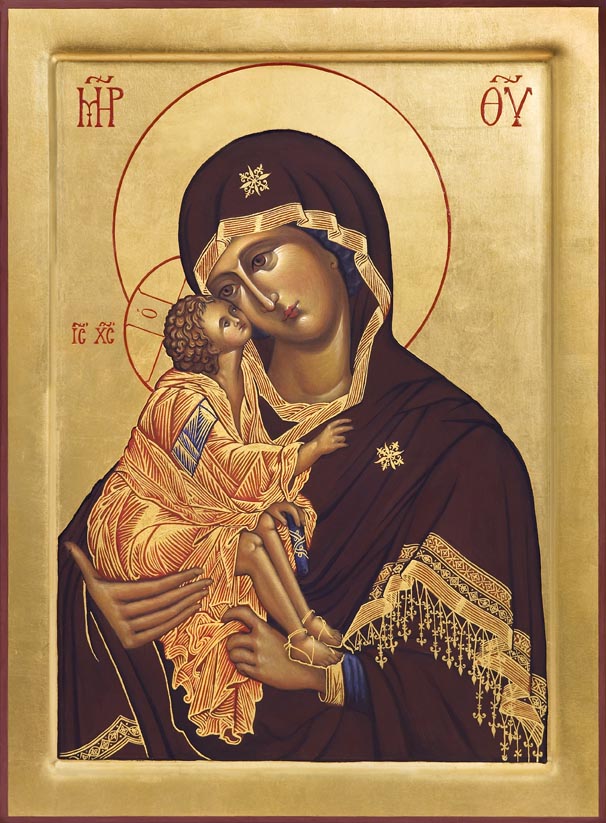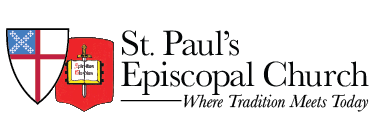 About Iconography
About Iconography
The beauty of the icon does not come primarily from the finesse of it’s drawing the word ” iconography ” means etymologically: to write an icon, not to paint.
Its beauty comes rather from the harmony which emanates from the entire icon, since it portrays the beauty of God and of His Kingdom.
In creating an icon, nothing is done at random or by guesswork; all elements of the process are linked together and form a complete unity. New iconographers do not try to represent external material reality only, but learn to express its spirit ual significance. The result is that the symbolic language of iconography totally escapes the sensual person whose heart is completely oriented to personal comfort and egotistical satisfaction gained from material things.
To represent Christ is undeniably an exacting task; but the same must be said about representing mankind, created in the image and likeness of God. According to the Sacred Canons of Orthodox Church, the themes of icons are traditional, that is to say, they are canonically established and defined; they are not simply the result of the artist’s personal creativity or imagination. The icon directly reveals and reflects the sacredness of the mystery it portrays. In addition, the principal details of the icon is easy to understand symbolism is
varied: from the movement of the hands indicating prayer or supplication, to martyrs holding a cross in their hands as the source of their witness as martyrs. Also, clothing styles and their colors, various gestures and other individual details tell the story of those icons.
The first models were established as patterns for future writers of icons. During the Council of Moscow in 1551, “the Archbishops and bishops in all the cities, villages and monasteries of their dioceses will supervise icon writers and personally examine their works.” During this same Council, Rublev’s Trinity was proposed as the “perfect example” of icon sacred art.
I would add here Frescoes and Mosaics in churches and monasteries throughout the Old
World were the beginning of what we know today as Sacred Art …icons followed….
Because the icon provided spiritual orientation for Christian life and prayer, it’s painting remained a prerogative of monks for a long time. But perhaps nothing was more natural, since a monastery was once the center and a crucible of the spiritual life; by his vow of obedience, the monk more readily conforms himself to the decreed directives for icon writing. Does he not live amidst the great family of saints, keeping vigils and waxing in holiness, anticipating thus the coming of the Kingdom?
Before drawing the icon image on the prepared board, the monk engenders it within his heart in silence, by prayer. Then with a purified heart and eyes, he can draw the image of the transfigured world. Here is another tidbit from the Council of Moscow; the council was very concerned over the moral degradation of laymen writing icons in their own workshops that they proclaimed the following decree: “the painter of icons must be humble, gentle and pious, Avoiding immoral conversations and mundane scurrility; he must be neither quarrelsome nor envious of others, neither a drunkard nor a thief; he must practice both spiritual and corporal purity!” With prayerful assurance, I feel we all qualify!
